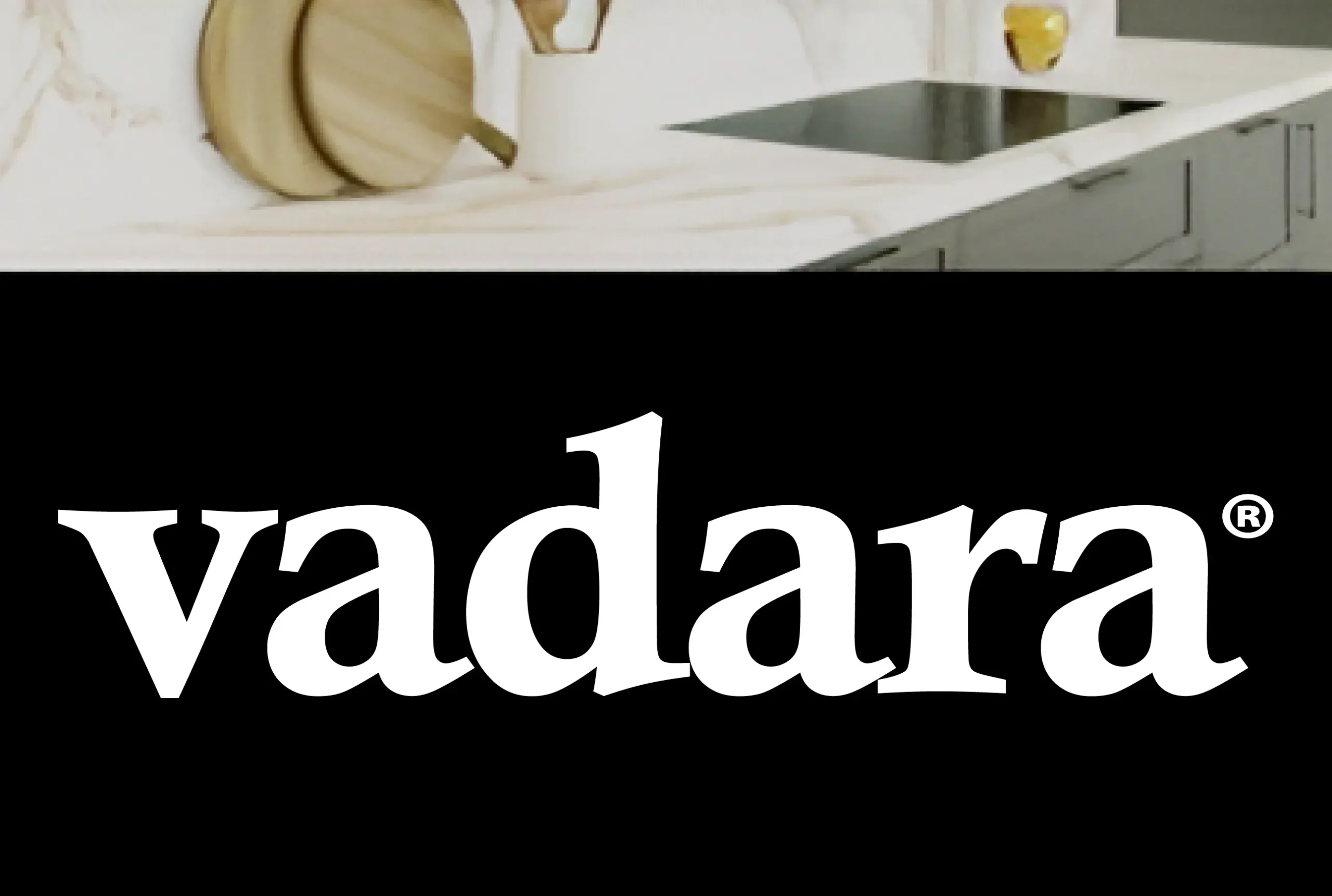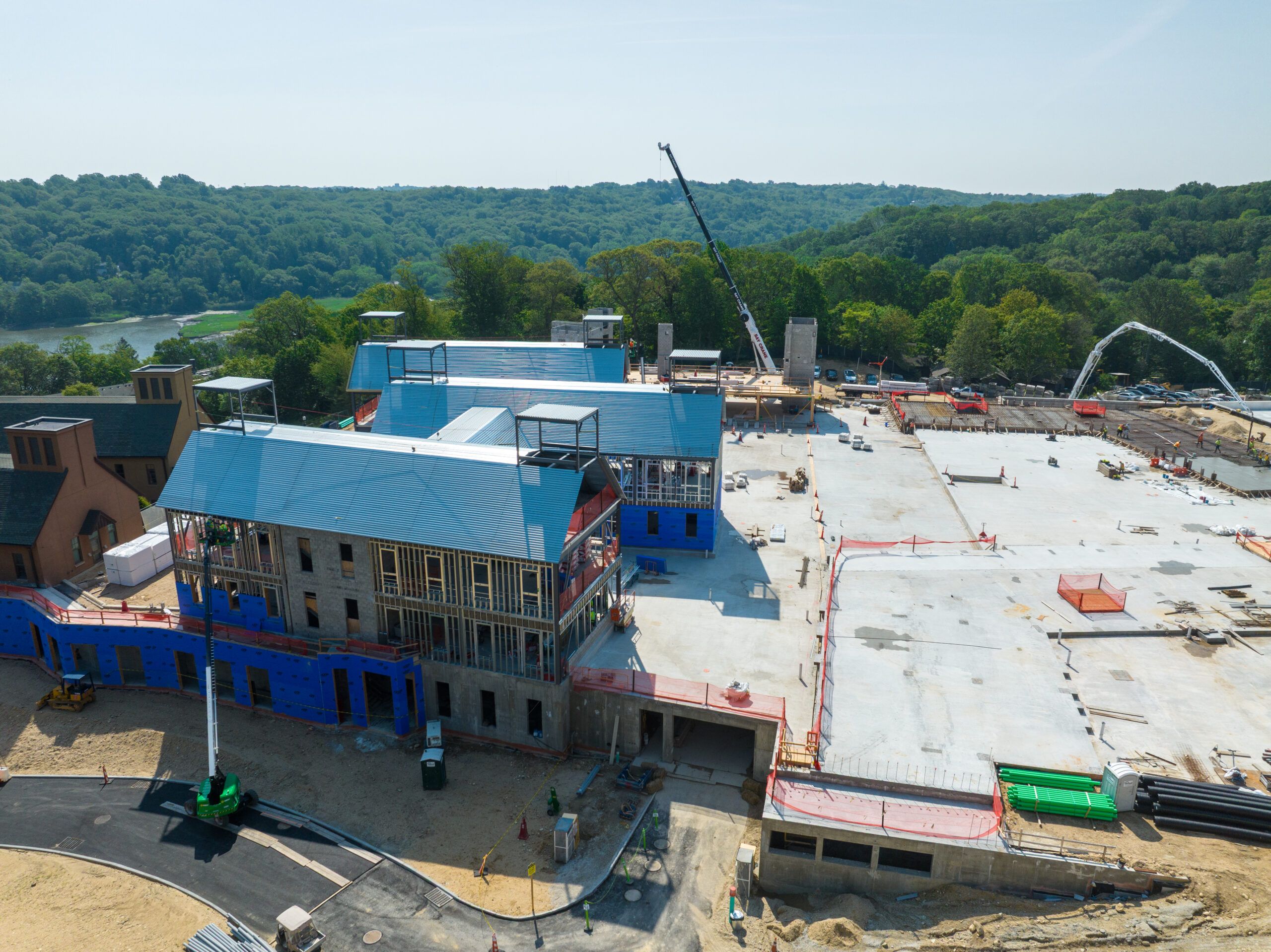Buying an older home in a cold region of Canada can be a rewarding experience—historic charm, beautiful architecture, and often, a better price than new builds. But that charm can also come with hidden problems. If you’re considering this kind of investment, you need a clear-eyed, practical approach to ensure the property is both livable and financially sound.
Here’s a detailed guide covering everything you should evaluate before finalizing your purchase of an old home in Canada’s cold regions.
1. Insulation and Energy Efficiency
Older homes, especially those built before the 1980s, often lack proper insulation. In cold regions, this leads to drafts, freezing pipes, and astronomical heating bills.
What to check:
- Wall insulation: Use a thermal imaging camera or consult an expert who understands how to assess insulation retrofits in heritage homes.
- Attic insulation: Insulation should meet current R-value recommendations (R50 or more for attics in cold climates).
- Window and door seals: Are there drafts? Single-pane glass? Consider upgrades or storm windows.
- Basement insulation: Look for rigid foam insulation or spray foam to keep the foundation area warm and dry.
Pro tip: Ask the seller for past utility bills as these can provide valuable insight into the home’s energy efficiency. An inspection by a licensed home inspector, qualified contractor, or even an expert realtor can reveal issues or opportunities you might otherwise overlook.
2. Heating Systems: Type, Age, and Maintenance
Cold-weather homes rely heavily on efficient heating systems. Old homes may have outdated oil, electric baseboard, or even coal-based systems converted over time.
What to assess:
- Furnace/boiler age: Anything older than 15-20 years may be inefficient or nearing the end of its lifespan.
- Fuel type: Natural gas is preferred, but some homes may still use propane or oil costlier and less efficient.
- Ductwork condition: Poorly insulated or leaky ducts reduce performance.
- Radiators or baseboards: Check for leaks, rust, and response time.
Action step: Schedule a professional HVAC inspection. A modern heating system is crucial in northern Ontario, the Prairies, and Quebec.
3. Plumbing: Preventing Frozen Pipes
Cold region homes are prone to frozen or burst pipes, especially if they’re uninsulated, run through exterior walls, or in crawlspaces.
Inspect the following:
- Pipe material: Galvanized steel or lead pipes (common in older homes) should be replaced.
- Insulation: Ensure pipes are insulated, especially those in unheated areas like basements, attics, or garages.
- Water shut-off location: Make sure you can easily shut off water in case of emergency.
Don’t forget: Ask if the home has a history of pipe bursts or winterization issues.
4. Roof, Gutters, and Ice Damming Risk
In cold, snowy regions, roofing systems take a beating. Ice dams form when roof insulation is inadequate and warm air causes snow to melt and refreeze at the eaves.
Look for:
- Shingle age and condition: Shingles over 20 years old may not withstand heavy snow loads.
- Ice shield membrane: A membrane under shingles near eaves prevents water infiltration.
- Gutter health: Clogged or poorly sloped gutters increase the risk of ice dams and foundation leaks.
- Roof ventilation: Proper ventilation helps prevent condensation and maintains attic temperature balance.
Bonus tip: Ask a roofing contractor for an inspection quote if the roof appears aged or has patched areas.
5. Foundation and Drainage Concerns
Old homes in Canada often sit on stone or rubble foundations that can deteriorate over time. Cold temperatures and frost heave only exacerbate structural stress.
Inspect closely:
- Cracks or moisture: Horizontal cracks or visible seepage can be warning signs.
- Efflorescence: White powder on basement walls signals water intrusion.
- Weeping tile or sump pump system: Ensure it’s present and functional.
- Lot grading: The ground should slope away from the foundation to prevent water pooling.
Tip: Use a structural engineer if you have any doubts—this is a deal-breaker issue.
6. Electrical System: Is It Safe and Up-to-Code?
Many pre-1960s homes used knob-and-tube wiring, which is now considered obsolete and a potential fire hazard. Some insurance companies won’t provide coverage without an upgrade.
Evaluate:
- Wiring type: Knob-and-tube or aluminum wiring should be replaced.
- Breaker panel capacity: Older panels may not support today’s electricity demands (minimum 100 amps recommended).
- Outlets and GFCIs: Kitchens, bathrooms, and basements need updated, grounded outlets for safety.
Insider tip: Always hire a licensed electrician to perform an inspection.
7. Moisture, Mould, and Air Quality
Cold-region homes with poor ventilation or leaky basements are breeding grounds for mould. It can affect health and resale value.
What to do:
- Inspect walls, attic, and basement for visible mould.
- Use a hygrometer to check humidity levels (should be under 50%).
- Test the air quality, especially if the home smells musty or damp.
Note: If mould is found, get a quote from a certified remediation specialist. It can be costly but essential.
8. Heritage Restrictions and Permits
In many Canadian cities, older homes may fall under heritage designation or require specific municipal permits for upgrades.
Check:
- Municipal registry: Is the home protected under a heritage by-law?
- Permit history: Were past renovations done legally?
- Renovation limits: You may be restricted in the changes you can make to the exterior or structure.
Advice: Contact your local city planning office before committing.
9. Pest Damage and Vermin Control
Older structures often have gaps or old chimneys that provide access to rodents and pests, especially when seeking warmth in winter.
Watch for:
- Signs of droppings, nests, or gnawed wires.
- Old wood with termite or carpenter ant damage.
- Unsealed vents and cracked siding.
Preventive step: Seal all potential entry points and schedule a pest control inspection.
10. Snow Removal and Accessibility
If the home sits far off a main road or on an incline, snow removal becomes more difficult in winter. Consider how accessible the home remains during severe snowfalls.
Assess:
- Driveway length and slope.
- Municipal plow routes.
- Private road maintenance (if applicable).
- Attached garages or covered entryways.
Tip: Factor in costs for a snowblower or professional service.
Final Thoughts: Is the House Worth It?
Buying an old home in a cold Canadian region is absolutely viable, with the right preparation. Focus on health, safety, efficiency, and long-term costs. Many problems can be solved with modern upgrades, but some may outweigh the benefits of ownership.











